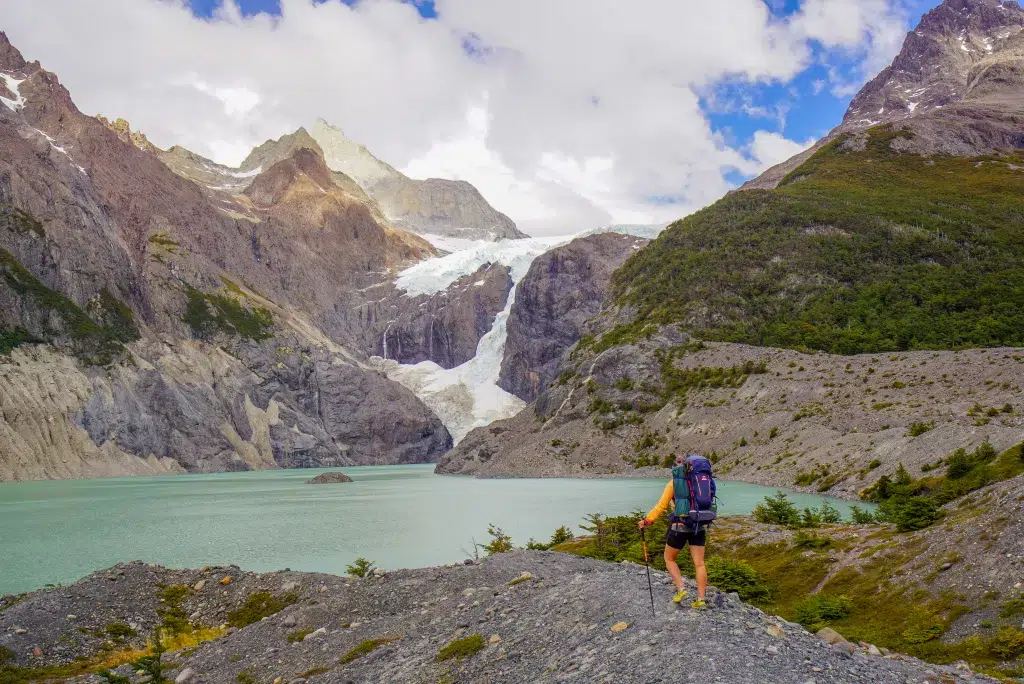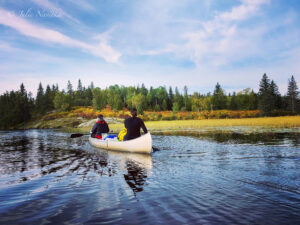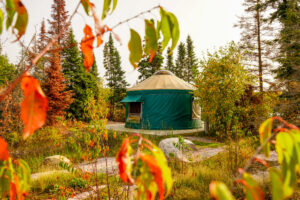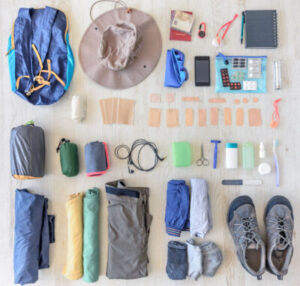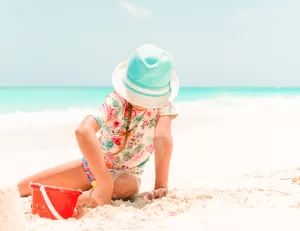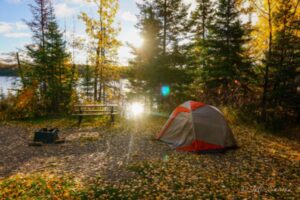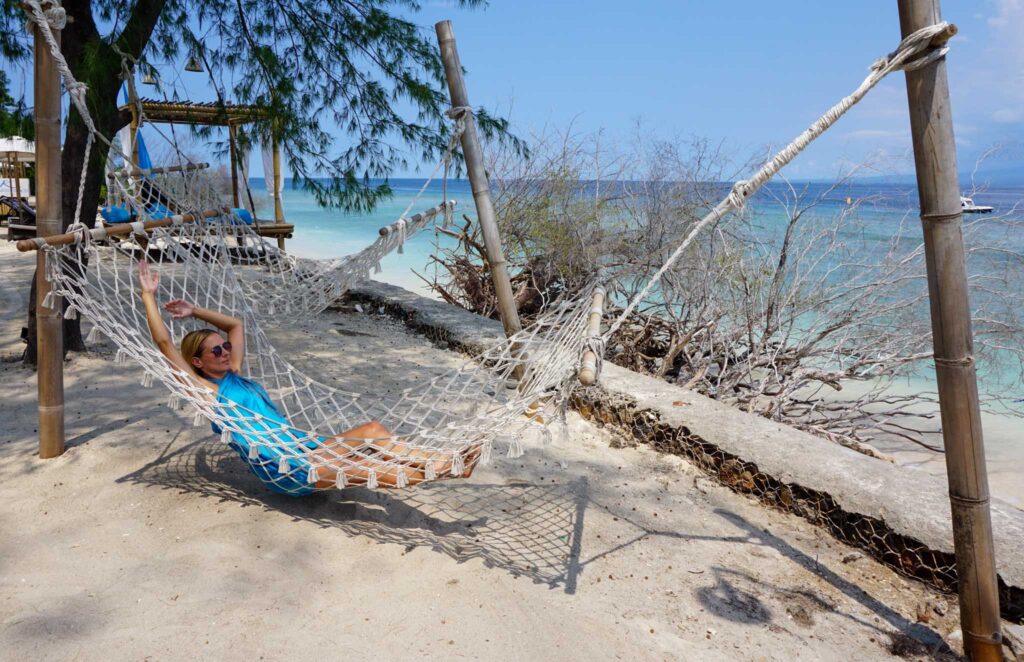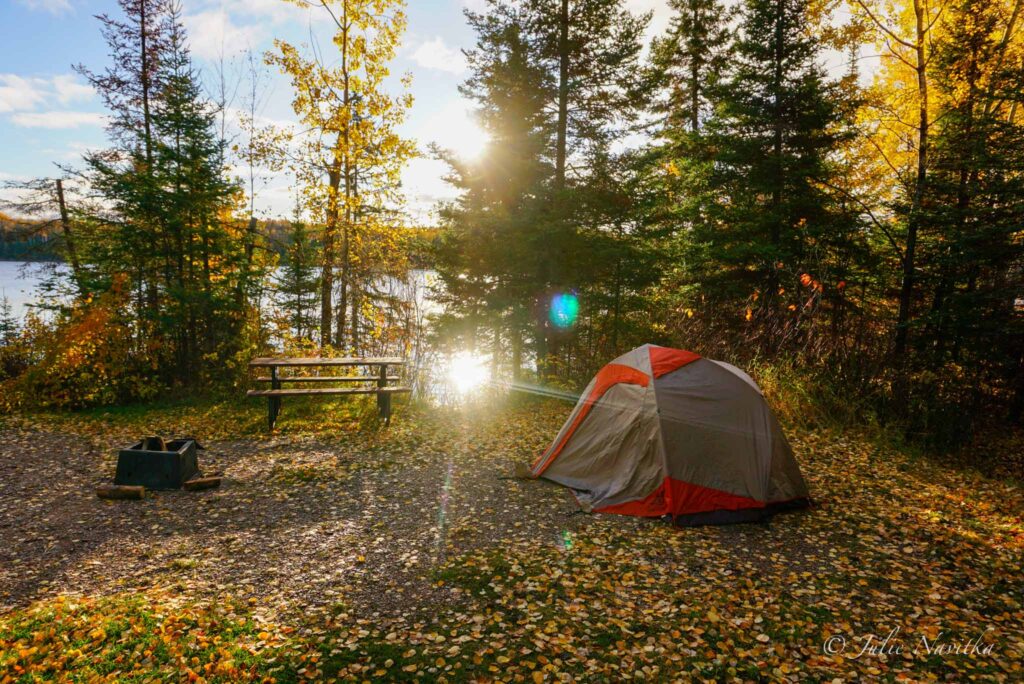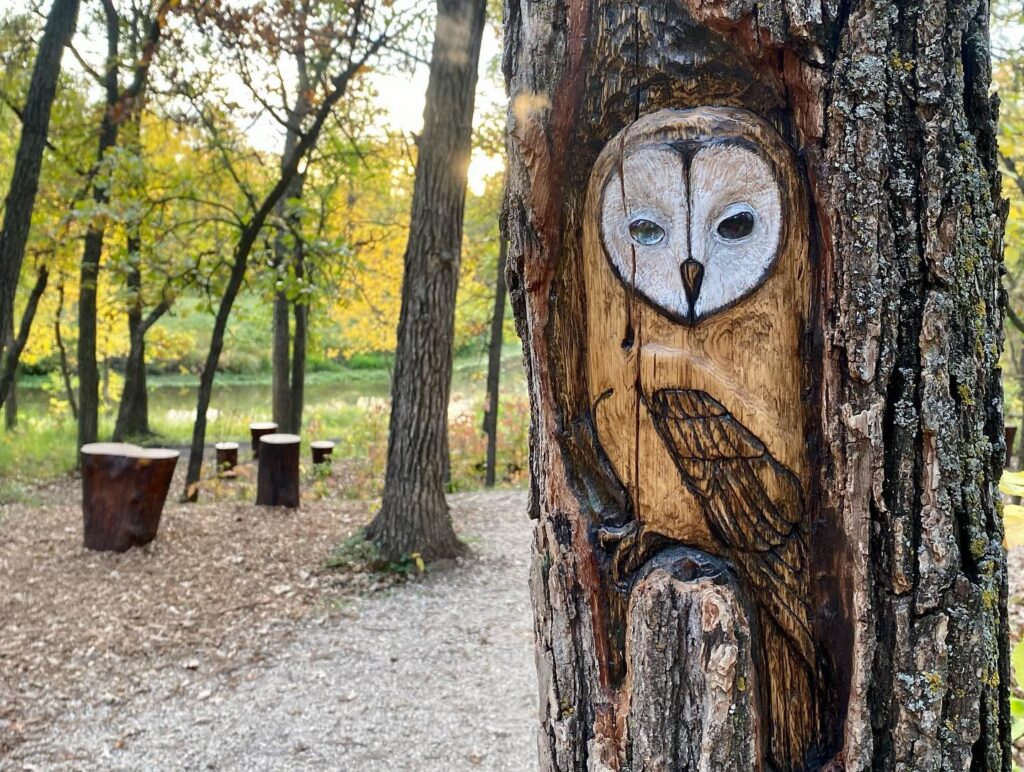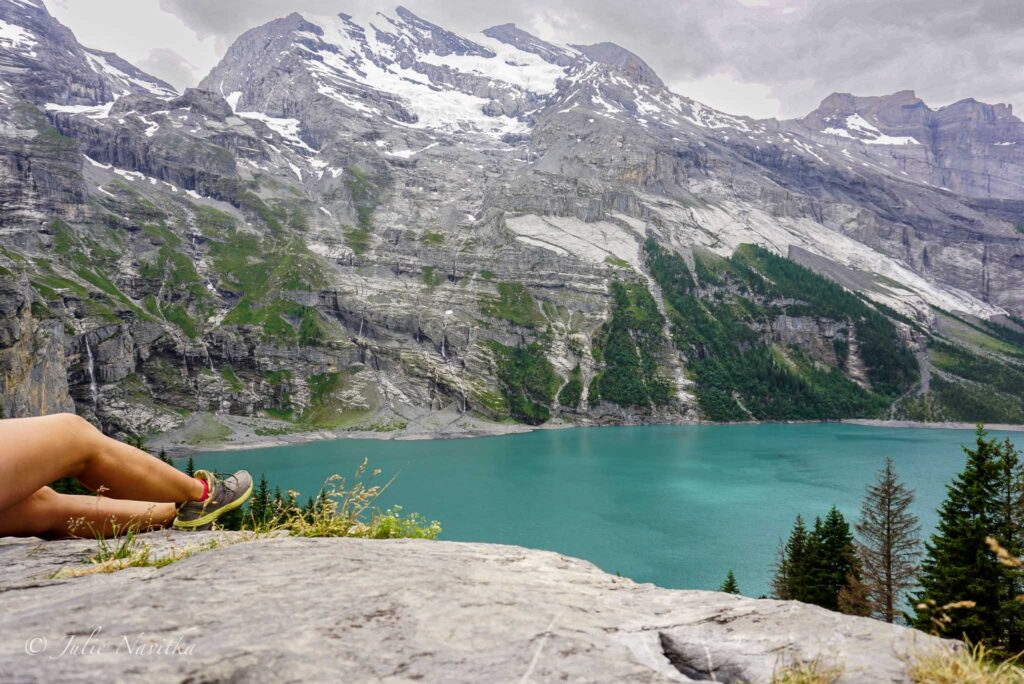Ultimate Guide: Sustainable Recreation

Julie Navitka
I've always loved the outdoors and spending time in nature. After fourteen years of teaching about sustainability in my classroom, I have resigned to pursue my dreams of exploring the world and helping others live a more sustainable lifestyle through this site. Take some small steps along with me to become our most Successfully Sustainable selves!
Regarding sustainable recreation, how and where you play can significantly impact your eco-footprint. This is true whether you’re a homebody, a weekend warrior, or someone who gets outside and active every day. The outdoor gear we use, the destinations we choose, and how we get there can make a difference. We need to mindful of Mother Earth while we play in her splendour. Let us help you make your time spent outdoors more eco-friendly with our Ultimate Guide!
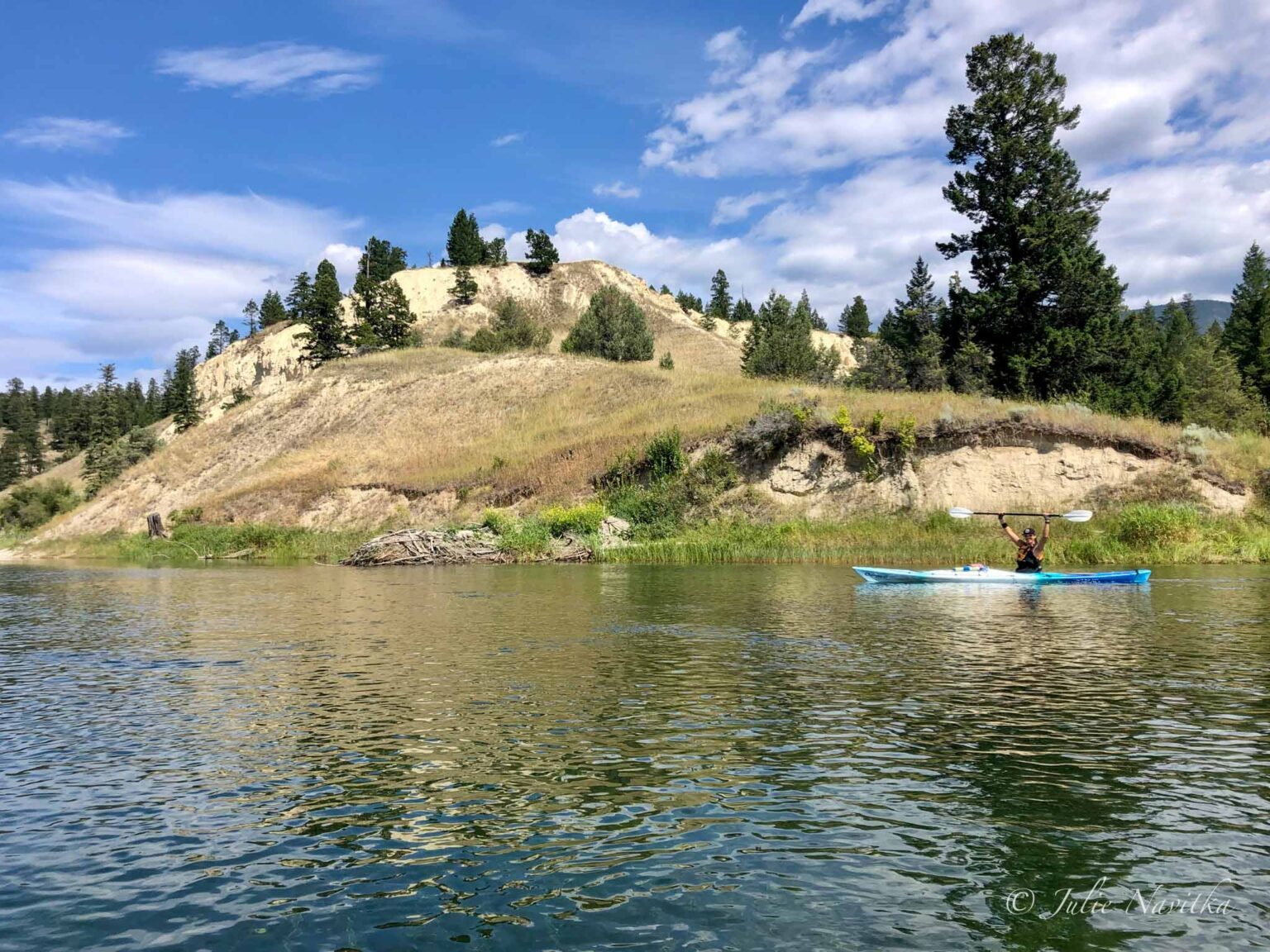
Kayaking in Invermere, British Columbia, Canada. Summer 2021.
My absolute favorite thing to do is adventure outdoors. I may even have a slight obsession. In the spring of 2021, I was obligated to quarantine for two weeks due to Covid exposure at the school where I was teaching. I swear I almost went mad with cabin fever.
Most of us know that time spent on eco-friendly leisure activities outdoors is good for us in many ways. According to the American Psychological Association, “spending time in nature is linked to both cognitive benefits and improvements in mood, mental health, and emotional well-being.”
If that doesn’t make you want to go out and explore your natural environment sustainably, I’m not sure what will.
Jump Ahead:
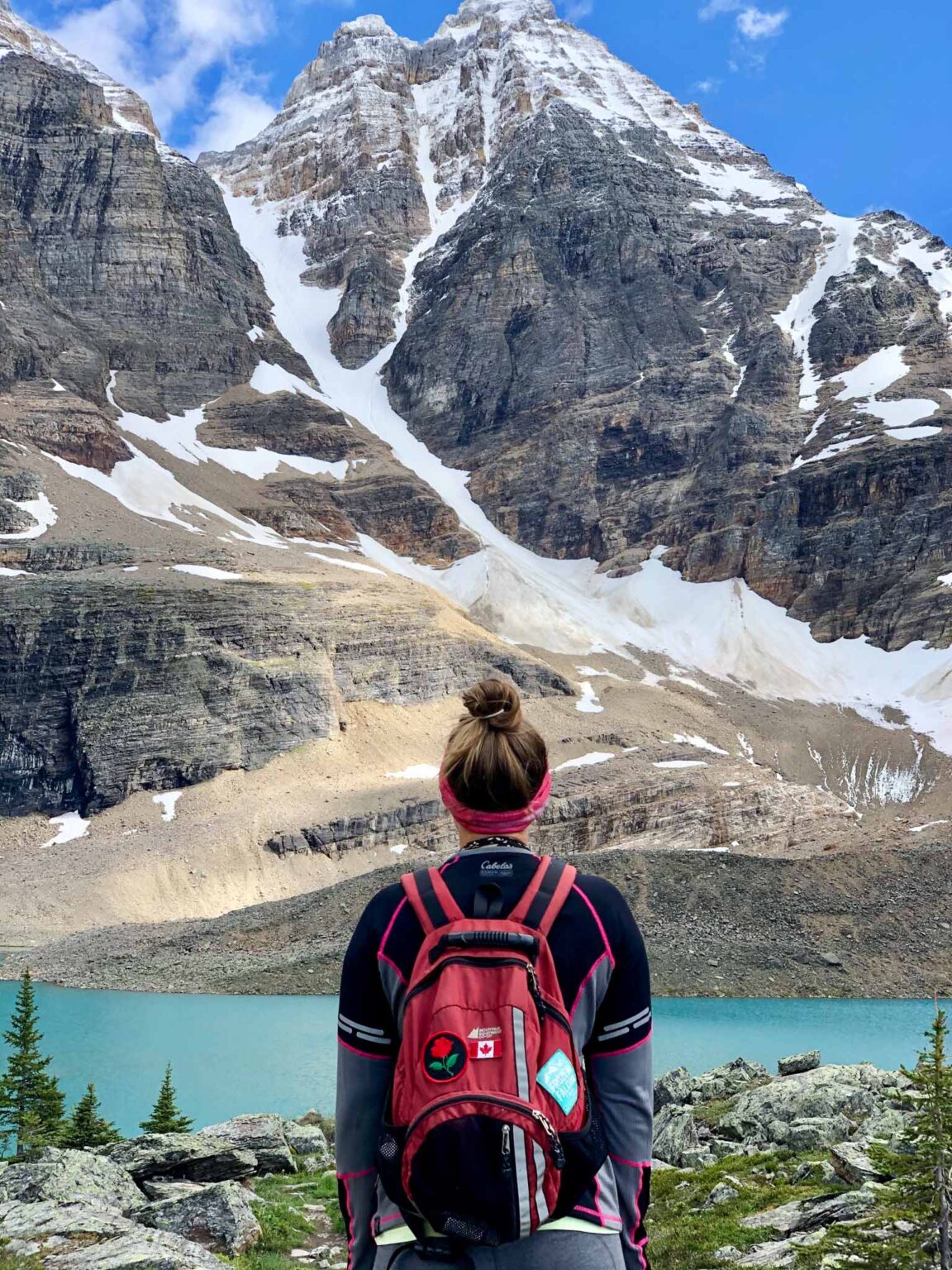
Somewhere in Yoho National Park. August 2021 Picture by Renee Desjardins
Prepare for Your Sustainable Outdoor Adventure
Snacks for sustainable recreation
The first thing I think of when preparing for a day of exploring outdoors is snacks!!! Our choices about what to eat for a sustainable lifestyle can depend on our palette and dietary needs. However, there are ways we can all pack this food for ourselves in eco-friendly containers. There are many alternatives that exist to single-use packaging, like zip-seal bags or plastic wraps. For example, you can invest in some silicone food bags or try packing your snacks in reusable containers.
Water for Eco-Friendly outdoor time
Regarding water, reusable bottles or bladders are a must for sustainable outdoor recreation. There are so many to choose from nowadays that it might even be overwhelming! You might be more concerned about volume, weight, accessibility, cost, color, style, etc. Check out this article by NBC News to help you decide which one is best for you.
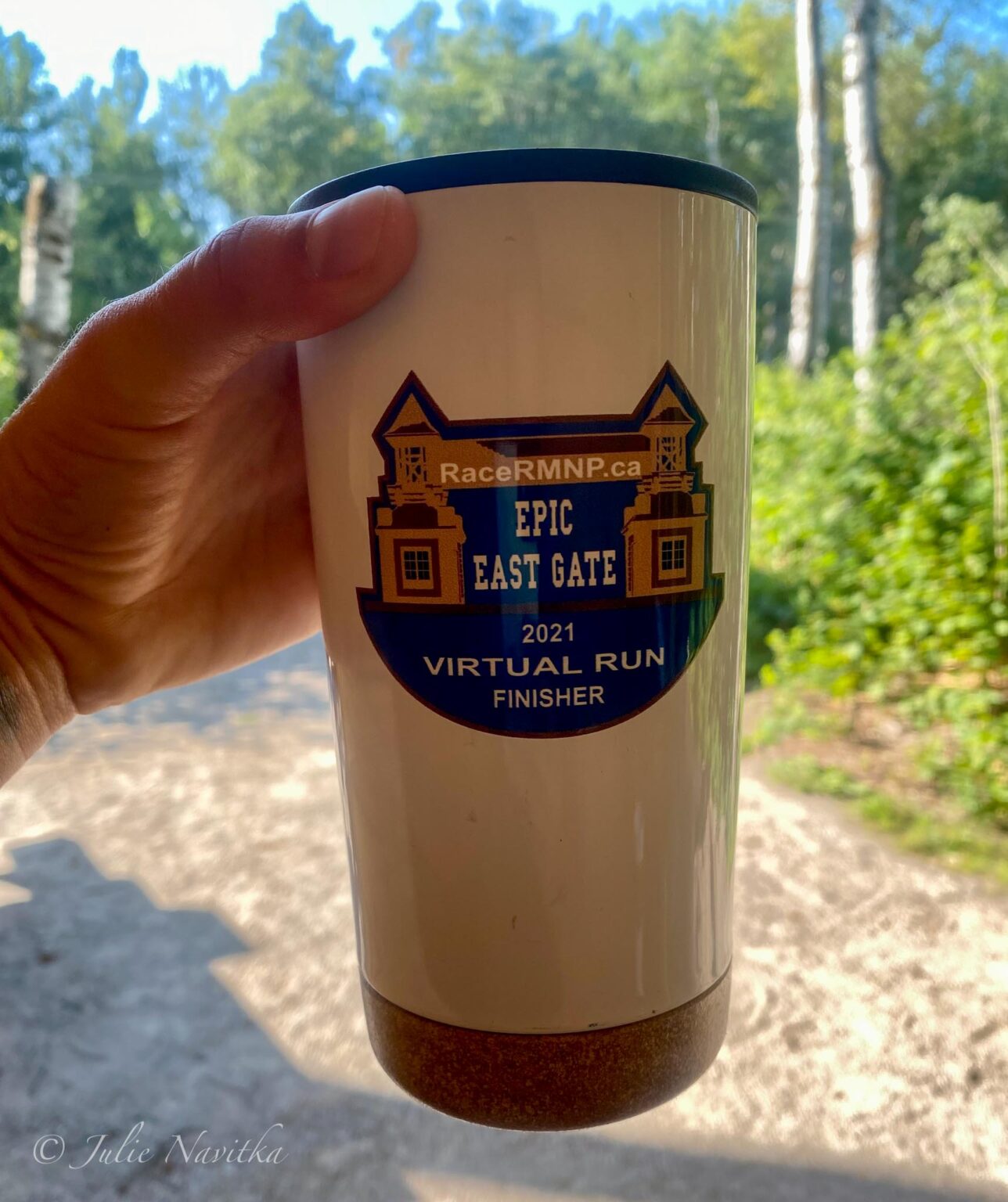
Don’t forget some sustainably-sourced coffee to-go for those morning recreational activities!
Gear and Toys for green recreation
The second thing I consider is what gear I need for the weather and my specific activity. There are many options when it comes to eco-friendly and ethical outdoor clothing. Before you invest in new gear, check the website of your favourite brand and see if you can find out how they take sustainability into account.
Whether you’re headed out on a day trip for some hiking, a weekend camping, or some fun at the beach, researching before purchasing your gear will help you make the most sustainable choices. Don’t forget to pack that sustainable sunscreen too!
If your outdoor fun involves the kids, you might be packing some toys for them. There are sustainable toys out there! If you’re headed to the beach, check out these eco-friendly beach toys too.
You might find that some of the most sustainable outdoor recreation brands charge more for their products, but don’t let that sway you. Most of these brands make products of high quality that last longer, perform better, and have better warranty coverage than others. And you’ll feel good about making a sustainable choice!
If you’re trying to be sustainable on a budget, you could try renting or borrowing your gear rather than buying!
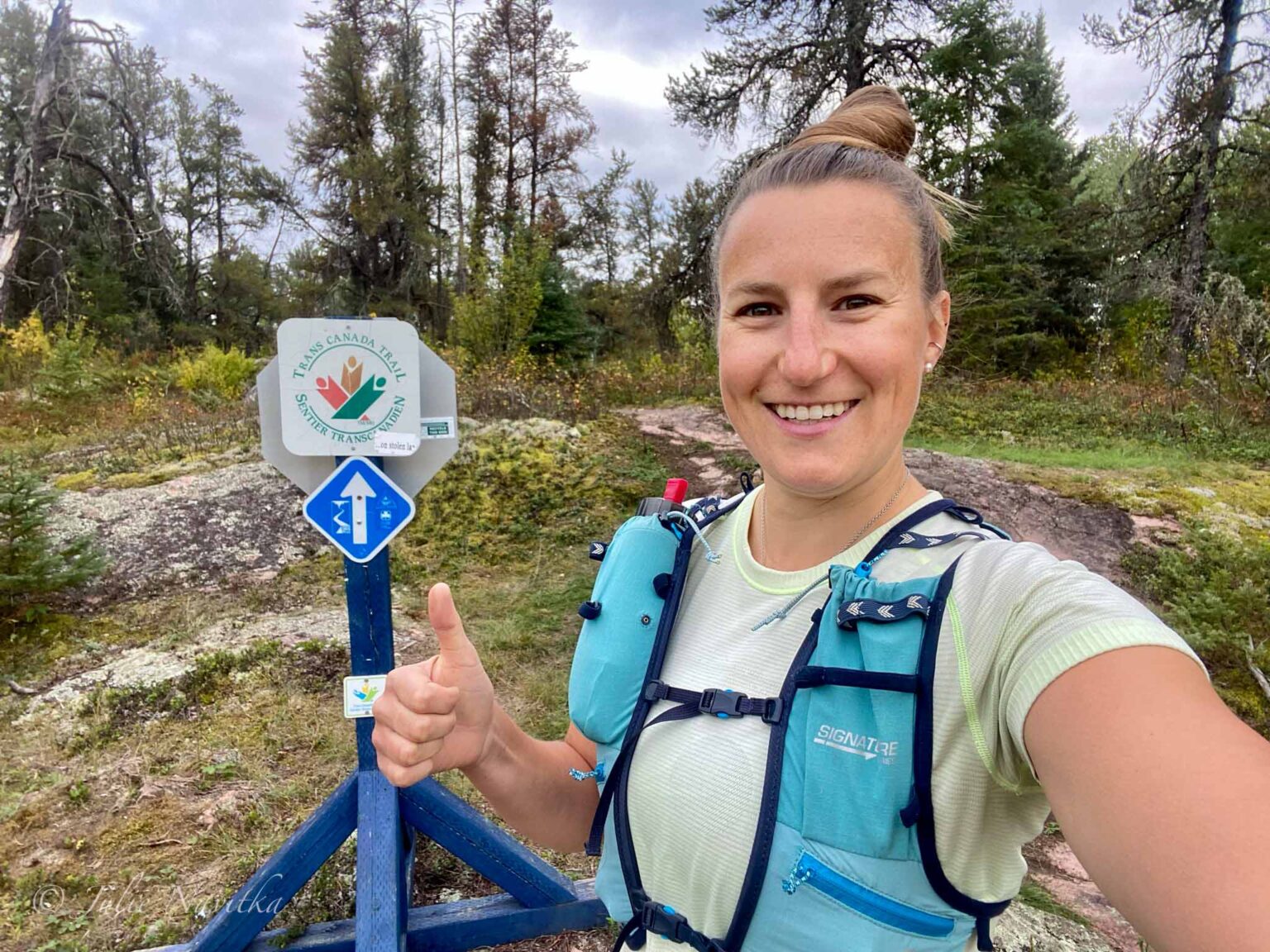
Thumbs up to this running vest in Whiteshell Provincial Park, Manitoba, Canada. July 2021
Recent Posts About Sustainable Recreation
Pick Your Playground & Activity
Outdoor sustainable Recreation
Do some learning about the recreation facilities and parks where you want to play! If you’re playing outdoors, who owns and cares for the land? Are agency efforts in place to help protect the area and allow the regeneration of resources lost due to recreation? Are there programs implemented to help offset the impact of people in the area? National parks aim to protect the wilderness and natural area while allowing a multitude of earth-friendly leisure options.
Playing Outdoors
If your venue brings you indoors to play in your local community, like an arena or pool, does the facility employ any sustainability practices? Are they mindful of their economic impact or carbon footprint? Consider things like their energy efficiency and waste reduction practices before you choose to participate in their facilities.
We can feel better about our choices by choosing to support and carry out our environmentally conscious recreational pursuits in places that take responsibility when it comes to being sustainable.
Human Powered Play
I won’t lie; I can find enjoyment on a quad ride on the trails or getting lugged around on a tube behind a boat on a hot summer day. And that’s okay, in moderation! Unsurprisingly, choosing activities that rely on your body for energy are the most sustainable outdoor activities. Not to mention, they are also have better health benefits. With so many different kinds of sustainable green hobbies and pastimes available, which will you try first?
My favorites include camping, trail running, hiking, stand-up paddle boarding, and kayaking. If you live somewhere with snow, you can add skating, skiing, fat biking, and more to the list! Owning all that gear can indeed become cumbersome and costly, so why don’t you try borrowing from a friend or find somewhere to rent near you? This was how I managed to do all of my SUPing over the last couple of years.
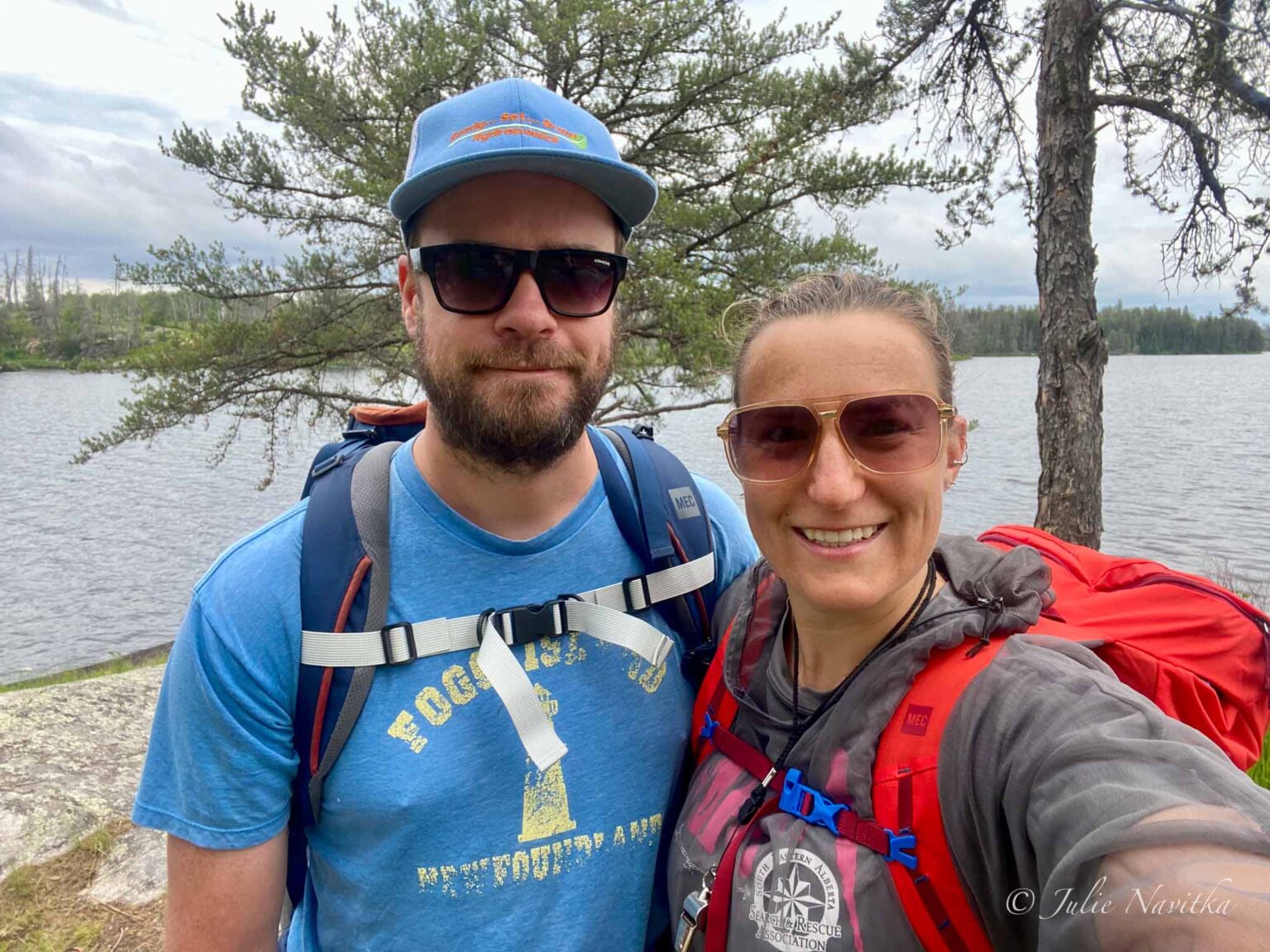
Backpacking in Whiteshell Provincial Park, Manitoba, Canada. Summer 2022.
Arrive Sustainably
If you can do all your play directly from your front door, please, tell me where you live! But in all seriousness, it’s clear that the most eco-friendly way to arrive at any destination is by the power of your own body.
Cycle Your Way to Play!
A good zero-waste recreational choice that may be at your disposal would be to cycle to your play place. There are several different ways to carry gear on your bike, and the ride itself can be part of your adventure. Some good friends of mine have recently gone car-free in the city and now own several different bikes for different scenarios. They even built a large bike carriage that would undoubtedly fit most outdoor gear.
Use Your Feet or Public Transport
If you don’t have too much to bring, walking on your own two feet or the bus and a good backpack might even suffice. Make sure you have some comfortable or sustainable walking shoes or boots! This is how my partner and I reach almost all our adventure destinations while living nomadically. Plus, the walk is part of the fun and allows us to see all the sights in new places along the way.
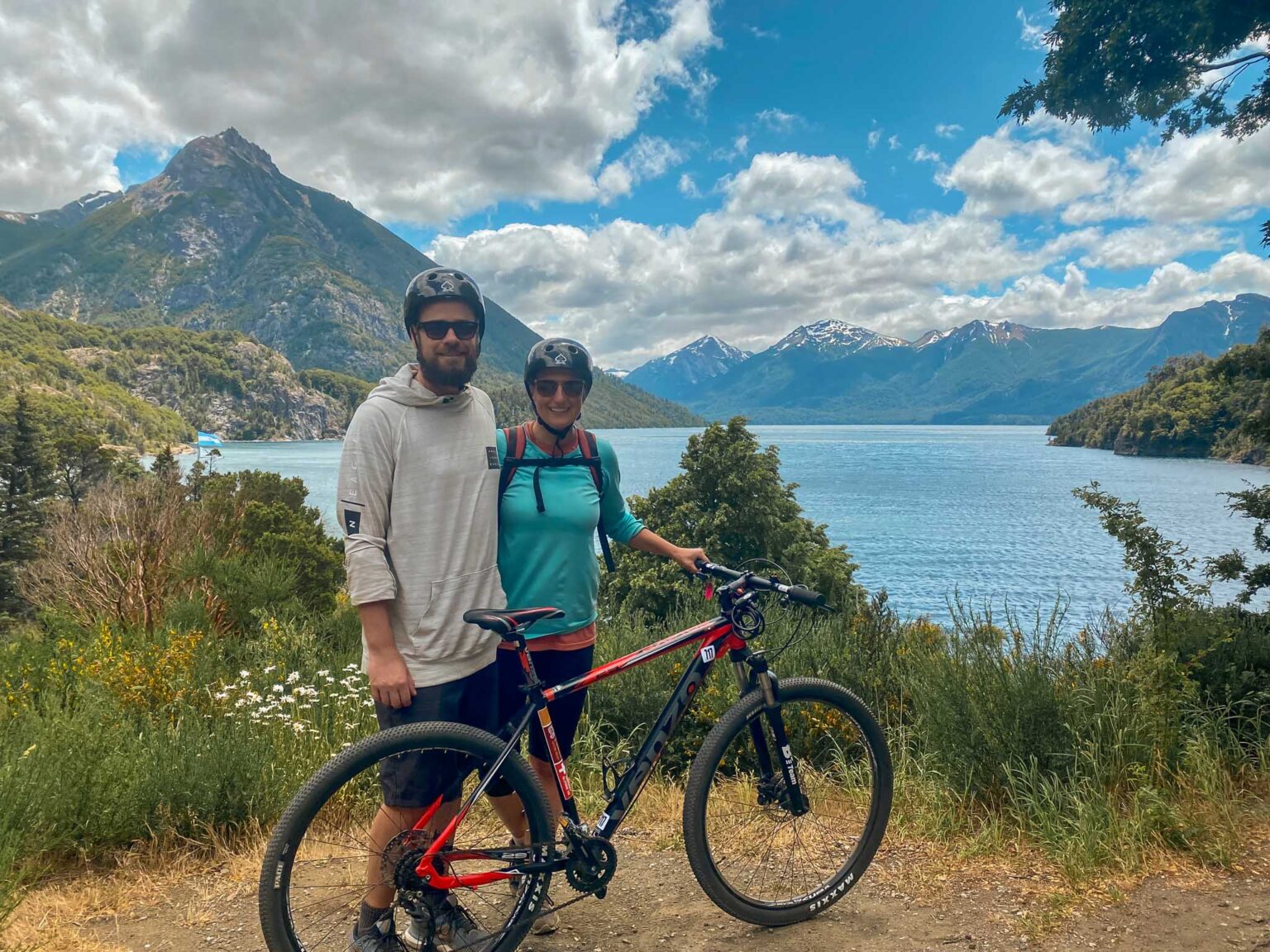
Renting mountain bikes to ride the Circuito Chico in Bariloche, Argentina. December 2022
If You Must Drive, Drive Well
If you’re bringing a ton of gear quite far, you may only be left with one option – taking your vehicle. No worry; you can still make choices about the car you own when it comes to sustainability. Choose a vehicle with good fuel consumption or consider a hybrid or electric car. Explore close to home if you can. Bring some friends along and carpool to lessen your impact on the environment.
If your friends aren’t into the same stuff as you, there are some great ways to connect with compatible outdoor recreation lovers. Join a Facebook group dedicated to your preferred ethical recreation choices based in your surrounding local communities. Check out some of the many apps that connect you with like-minded people.
Leave No Trace during sustainable recreation
Whether we’re out on the trails, camping in the wilderness, or participating in sport, how we interact with nature is critical. Safe-guarding natural resources and animal habitats requires us to be mindful during outdoor recreation. Many of us have at least heard the term Leave No Trace, but do we know what it means?
Outdoor play with minimal environmental impact relies heavily on adhering to the seven principles that are widely accepted as the base of this concept. These are: plan ahead and prepare, travel and camp on durable surfaces, dispose of waste properly, leave what you find, minimize campfire impacts, respect wildlife, and be considerate of others.
LNT principles are extremely important to Ashley Moore, founder of Backcountry Women, who says “Leave no trace is about minimizing your impact on the natural environment and letting nature do its thing, rather than intervening and messing with local wilderness resources and habitats. It comes down to respecting and conserving nature for us and the generations to come.”
We’ve already covered many of these concepts in this article, but if you’d like to learn more, Leave No Trace Canada’s website is a great resource.
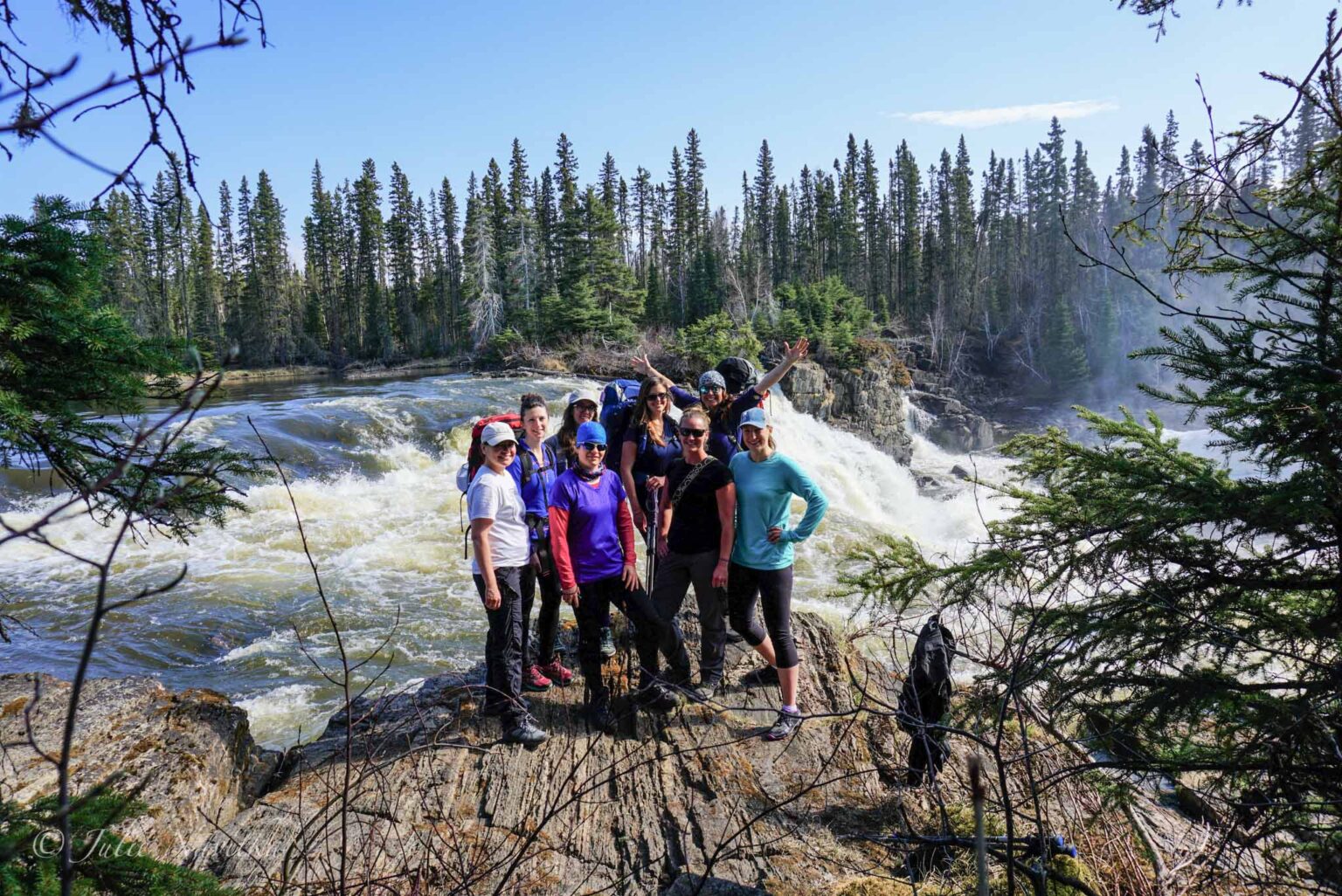
Practicing Leave No Trace on a hike to Kwasitchewan Falls, Manitoba, Canada. May 2018
Clean Up (After) Yourself
Doing Your Business Outdoors
Time for some potty talk. Everybody poops; let’s get that part over with. If you’re choosing outdoor recreation in more remote areas, you need to know how to poop in the woods properly, period. Part of the “dispose of waste properly” principle, this not-so-fun part of our sustainable recreation is very important. There really is a correct way to poop outdoors and it’s not all that challenging.
Check out this article by Clever Hiker for an in-depth look at how to poop properly in the wilderness. They’ve got you covered, from how to choose a spot to which sustainable toilet paper to use. Or, try a collapsible travel bidet to go TP free. Don’t forget to pick up after your pooch too!
Clean Yourself Up for sustainable recreation
If you’re anything like me, you’re a sweaty mess at the end of your outdoor adventure. It might be a while before you can wash using your sustainable beauty products adequately at home.
In this case, ideally, I like to find a nearby water source in which to take a cool dip. I am usually satisfied with a good hand scrub while submerged, but if you think you might need something more substantial than water, there are some excellent eco-friendly suds you can try.
If you’re not fortunate enough for fair weather or a nearby lake, there are some reasonably sustainable ways to wash without water. I became good at this type of bathing when I hike road-tripped my way across Europe in the winter!
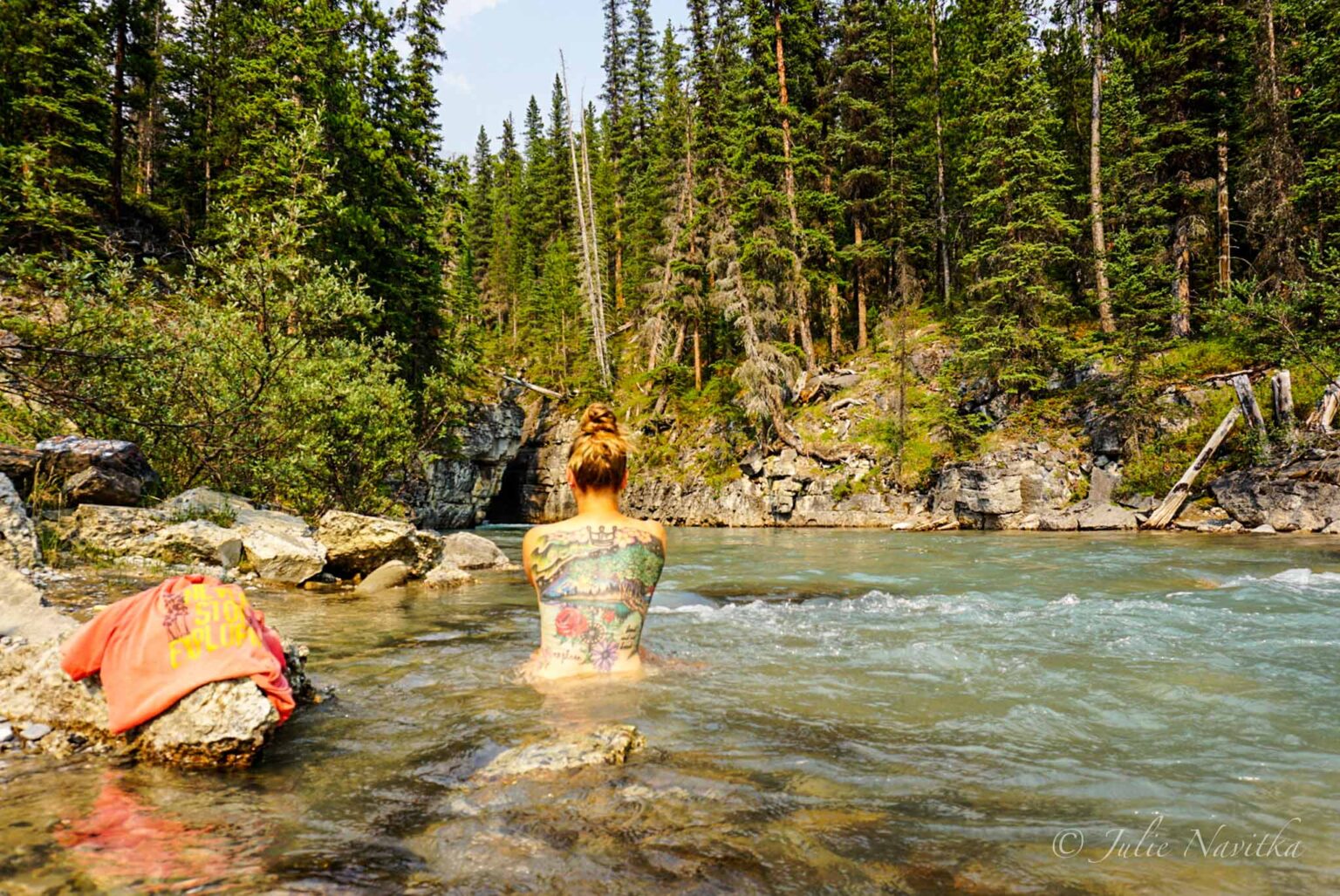
Cooling off after a hike in Beauty Creek, Alberta, Canada. July 2021
Take Care of Your Gear
It probably makes a lot of sense when you think about it – the less often you have to replace your gear, the more sustainable you’ll be. Never mind the cost savings you’ll enjoy! There are many ways to care for your equipment, which will likely depend on what gear you own and the materials from which they’re made. Sustainable outdoor gear will be made with environmentally friendly and ethically sourced materials such as recycled ones.
One universal truth, though, is that appropriately cleaning your gear will make it last longer. So will repairing minor issues before they worsen. Read your equipment’s manual for suggestions, or look up the brand online to see if you can find any tips for making your gear last longer.
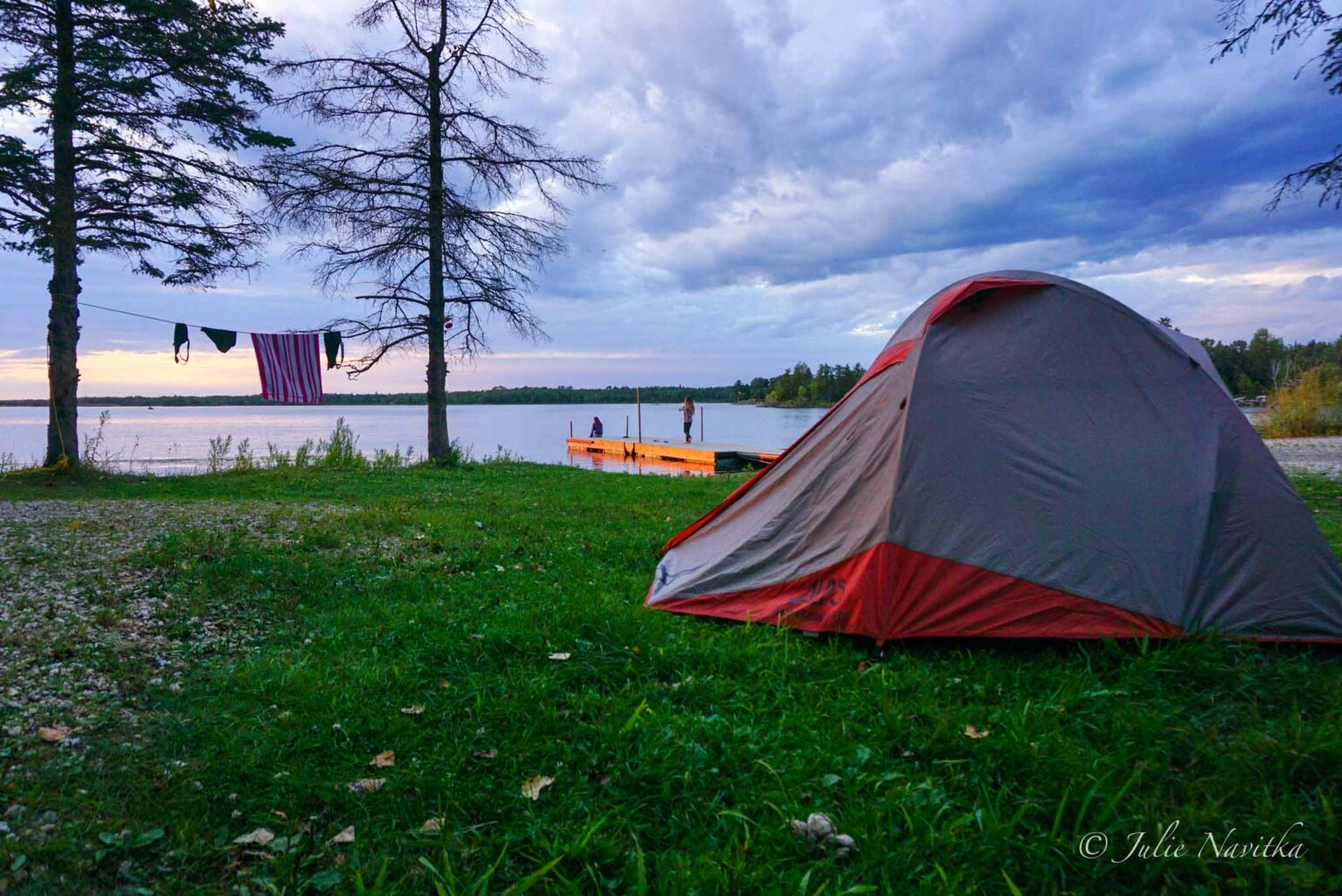
Take care of and repair your gear to avoid unnecessary new purchases. Otter Falls, Manitoba, summer 2018.
Take It Further
Are you already conscious about all the other suggestions but still want to do more? You could support or volunteer for local organizations that support conservation and sustainability. A quick google search titled “volunteering at environmental organizations in city/state/province” yielded many results. If your time is thin, but your pockets are deep, there are many worthy organizations focused on sustainability all over the world to which you could donate.
final thoughts about sustainable recreation
In summary, there are so many factors to consider when it comes to environmentally conscious sports and hobbies. It can seem overwhelming to think about every single aspect of our lives and how to make them more sustainable. If I could convince you of one thing, it would be that even just a few changes make a positive impact.
Reading this article was your very first step in your journey to protect wild nature and the environment!

